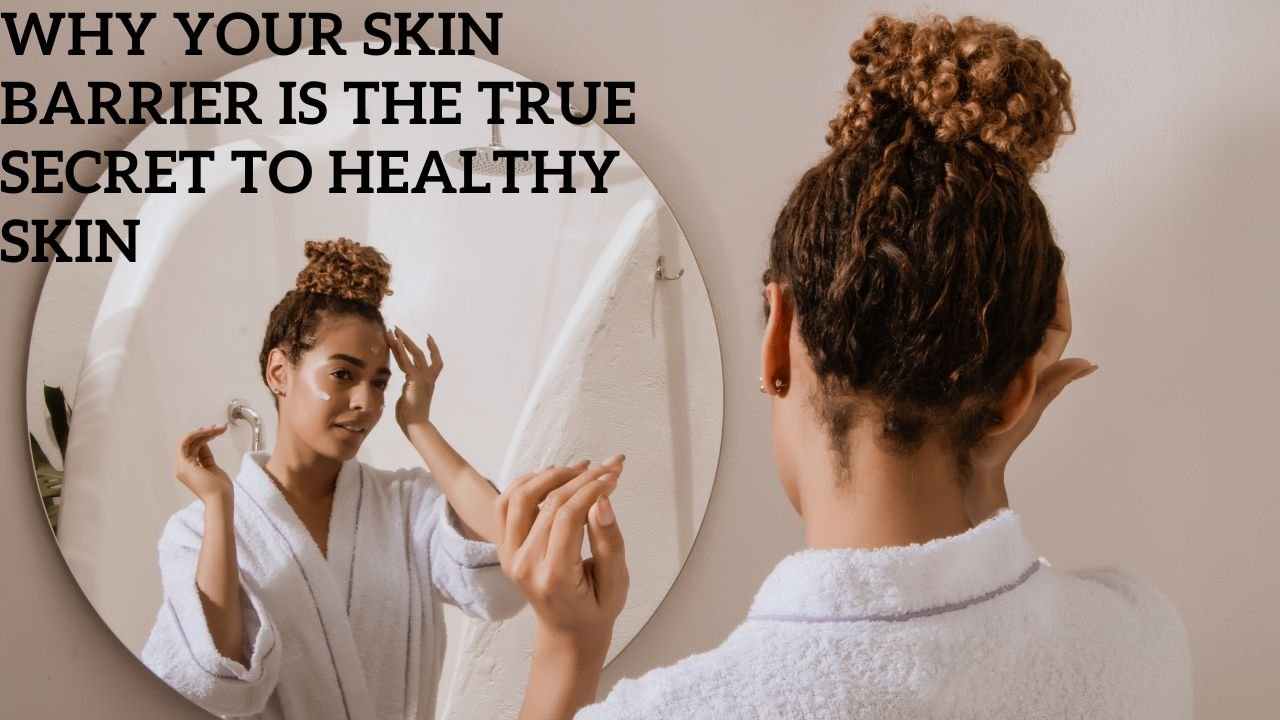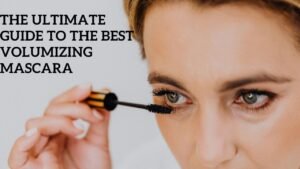In the current beauty landscape, we’re all about pursuing the latest buzz. We’re equipped with effective exfoliants, retinols of high potency, and efficacious vitamin C serums, all in the quest for that perfect, “glass skin” radiance. But in that pursuit of quick gains, many of us inadvertently jeopardize the most important element of our skin’s well-being: the skin barrier.
Have you ever noticed that your skin becomes instantly tight, red, and reactive? Do products you used to adore now tingle? Or perhaps you’re experiencing constant dryness and breakouts that refuse to subside. If any of these scenarios ring a bell, chances are you’re working with a compromised skin barrier.
Learning about and taking care of this crucial barrier is the best you can do for your skin. It’s the basis on which all other skin care is built. So let’s step back away from the irritating actives and find out how to repair, defend, and strengthen our skin’s first defense.
What Exactly Is Your Skin Barrier?
Consider your skin barrier, or stratum corneum, to be a pretty and carefully built brick wall. Your skin cells (corneocytes) are the “bricks,” and the “mortar” that they’re all stuck together with is a complicated blend of natural lipids, such as ceramides, cholesterol, and fatty acids.
The wall has two very important functions:
To retain the good stuff. The lipid mortar keeps water in your skin, and not letting water escape from your skin is called Transepidermal Water Loss (TEWL). That’s how your skin stays moist, firm, and elastic from inside.
To stop the bad stuff from entering. It serves like a bouncer, defending deeper skin layers from outside aggressors such as pollution, bacteria, and allergens that can lead to irritation and inflammation.
When this barrier is healthy and solid, your skin appears and feels its best—smooth, well-hydrated, and tough. But once the mortar begins to break down, it puts minute, invisible holes in the wall, resulting in a myriad of issues.
The Telltale Signs of a Compromised Skin Barrier
A compromised barrier does not necessarily mean it’s dramatic. It usually begins with little signs that your skin is unhappy. These are the most typical signs to look out for:
- Increased Sensitivity and Redness: Your skin is easily irritated, appears blotchy, and can develop ongoing red patches.
- A Stinging or Burning Feeling: When you use products, even as mild as your moisturizer, you can sense a clear stinging sensation. This is a telltale sign that irritants are seeping through those cracks in your barrier.
- Chronic Dryness and Dehydration: Despite how much you moisturize, your skin remains tight, flaky, and dry. It has difficulty retaining hydration.
- More Breakouts: Ironically, a compromised barrier can result in more breakouts. The inflammation and loss of balance in the skin can provide the ideal situation for acne-promoting bacteria to proliferate.
- A Dull, Lackluster Glow: Normal skin glows with a healthy sheen. When the barrier is disrupted, the surface of the skin becomes uneven and rough, so it cannot reflect light correctly.
What Went Wrong? The Suspects Most Likely To Be Found Guilty
Barrier damage is not something that occurs overnight. It’s more likely the result of cumulative behaviors that strip away those vital lipids. The biggest culprits are:
- Over-Exfoliation: This is the number one culprit. Using harsh AHAs, BHAs, or physical scrubs too often wears down the barrier more quickly than it can rebuild itself.
- Using Harsh Cleansers: Cleansers that leave your skin feeling “squeaky clean” are likely stripping away your natural oils, weakening the mortar.
- Introducing Retinoids Too Rapidly: Applying a high-strength retinol or using one nightly from the beginning can overstimulate the skin, resulting in severe irritation and peeling.
- Environmental Stressors: Exposure to the sun, harsh winds, pollution, and low and high humidity can all stress your defenses.
- Not Moisturizing Sufficiently: Omitting moisturizer, particularly after washing, leaves your barrier defenseless and open to dehydration.
The Recovery Plan: How to Fix Your Barrier Step by Step
If you’ve seen the damage signals, don’t freak out. Your skin is remarkably resilient and will heal itself if you provide it with the proper tools and a long-overdue holiday. What you need to do is strip your routine down to the bare essentials.
- Step 1: Stop All Actives. This is not negotiable. Press pause immediately on all exfoliants (acids, scrubs), retinoids, vitamin C, and any other potentially irritating treatments. Your sole responsibility for the time being is to be kind. Your intention is to soothe, hydrate, and shield—not to “treat.”
- Step 2: Gently Cleanse. Move to a milky, creamy, or gel cleanser that is pH-balanced and sulfate-free. Use lukewarm water (never hot) and gently pat your skin with a soft towel. Cleansing should make your skin feel silky and comfortable, never tight.
- Step 3: Stock Up on Barrier-Repairing Ingredients. This is where you repair the wall. Search for products—serums, essences, and particularly moisturizers—that are loaded with these star ingredients:
- Niacinamide (Vitamin B3): A real multitasking rockstar. It decreases redness and inflammation while also getting your skin to make its own ceramides.
- Hyaluronic Acid & Glycerin: Humectants that pull water into the skin, giving it instant hydration relief and plumping the cells.
- Soothing Agents: Ingredients such as Centella Asiatica (Cica), Panthenol (Vitamin B5), and Allantoin are great for soothing redness and irritation.
- Fatty Acids: Seek moisturizing oils and butters such as Shea Butter, Squalane, or Jojoba Oil to restore the lipid content.
- Ceramides: These are the lipids that comprise more than 50% of your barrier’s mortar. Putting them back in the topically is akin to filling the holes in the wall directly.
- Step 4: Moisturize and Protect. Use a soothing moisturizer every morning and evening to a slightly wet face to seal in moisture. At daytime, the last and most important step is a broad-spectrum sunscreen with SPF 30 or more. A healing barrier is highly susceptible to sun damage, and neglecting this step can put your recovery years back.
This healing process may occur in as little as two weeks or more than a month, depending on the severity of the damage. Be patient. When your skin is constantly calm, hydrated, and comfortable once again, you can gradually—very gradually—start using one active at a time, beginning with once or twice a week.
At the end of the day, skincare is not a matter of fierceness but of support. By figuring out how to respect and care for your skin barrier, you’re not only solving a short-term issue—you’re building strong, healthy, glowing skin for the long term.











